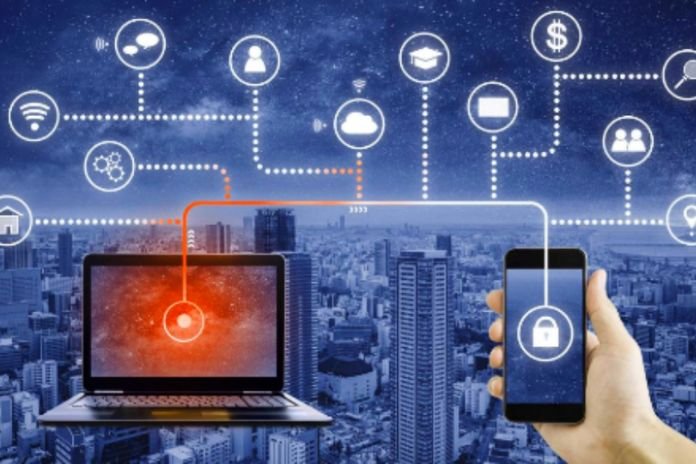Cybersecurity In The Banking Sector
With the growth of digital threats in solid digitalization and hype connectivity, cybersecurity in the banking sector is increasingly in the spotlight.
Historically, banks have always been companies for which security is a crucial issue, given the high degree of attractiveness they have for criminals. Today, centuries after the founding of the first banking institutions, the nature of threats is rapidly changing. Still, the concern with defense practices and tools remains critical to the operations of companies in the sector.
Consequently, the volume of attacks on the sector has grown significantly, with malicious actors taking advantage of the moment to exploit the lack of coverage of traditional defenses at this time of comprehensive connectivity. The use of personal devices for remote access in the Company was one of the significant challenges for security teams in this period due to the lack of visibility and excess of breaches not detected or not covered by the security tools of the business. Added to this is the need to acquire new collaboration and remote connectivity tools to make the work possible. The cybersecurity context in the financial market has become more complex, fragmented, and even more crucial for business.
Security For A New Time
In the face of emerging challenges, investing in security has become even more critical; however, it is not just about purchasing tools but also about raising the level of awareness of employees regarding their role in safety. Therefore, the current threat scenario demands coordinated action, using state-of-the-art technology, and the adoption of best practices to minimize vulnerabilities and optimize the ability to prevent and respond to incidents in organizations. Below are the points that should generate the best results for banks and finance companies:
- Training and enabling the entire team: Awareness of the individual role in security and the nature and types of digital hazards today is a powerful ally in building a truly safe environment. It is essential to make it clear that, in addition to having IT professionals who monitor and resolve attacks, the entire team must be prepared both to avoid threats and to deal with attacks carried out.
- Invest in cutting-edge technology: count on enterprise-level protection solutions that act in layers in an integrated way, acting in coordination at the server, network, and endpoints, as well as in the cloud and hybrid workloads. This ensures comprehensive protection that removes silos, increases visibility, and reduces gaps
- Review your traditional security: challenge current security and analyze its vulnerabilities, as new threats capitalize on the flaws and limitations of traditional security, based on perimeter defense and anti-malware only.
- Constantly backup and update: In incidents, the ability to contain leaks and actions such as ransomware may depend on the agility to isolate affected areas and quickly restore the system with the compromised data. In addition, updates reduce exploitable vulnerabilities, zero-day attacks, and other threats
- Develop protocols and an internal policy with the team: at the time of an attack, coordination impacts the response time and, therefore, the effectiveness of the defense. Thus, by defining clear action plans, from the user to the IS team, the Company gains a lot in terms of security.
- Make equipment available to employees in a home office and a hybrid model: BYOD is popular and practical, but it leaves room for security problems and intrusions using the employee’s device as an entry point. For this reason, it is recommended that financial institutions provide equipment for the team to work remotely, standardizing security and strengthening the Company’s protection.
- Keeping the environment adhering to the compliance standards that the Company needs, such as SOX, PCI-DSS, and others: maintaining international security standards is a critical way to ensure the adoption of good practices and, with that, strengthen your security
- Invest correctly in cybersecurity: more than buying solutions, it is essential to study your needs and your profile and adopt a complete set of tools that act in an integrated and intelligent way, responding to the real needs of the business. This includes scaling investments to the size of the organization and its operations, ensuring that spending is neither too much nor too little.
Practices Change, Not Needs
In light of what we have seen before, the importance of comprehensive, intelligent security thinking based on new trends and threats, which involves users in creating a safe environment for everyone, is evident. In this scenario, companies reinforces its position as a partner of banks and companies in the financial segment, bringing its tradition of excellence and innovation to ensure the safe continuity of operations in this market fundamental to the economy.
Also Read: Cybersecurity In The Home Office: Is Your Company Safe?
Share this content:












Post Comment